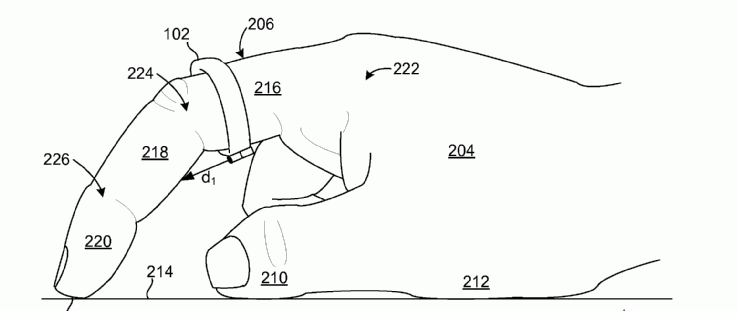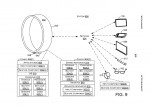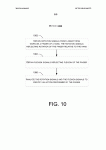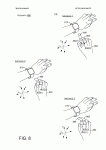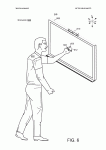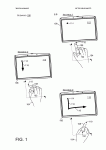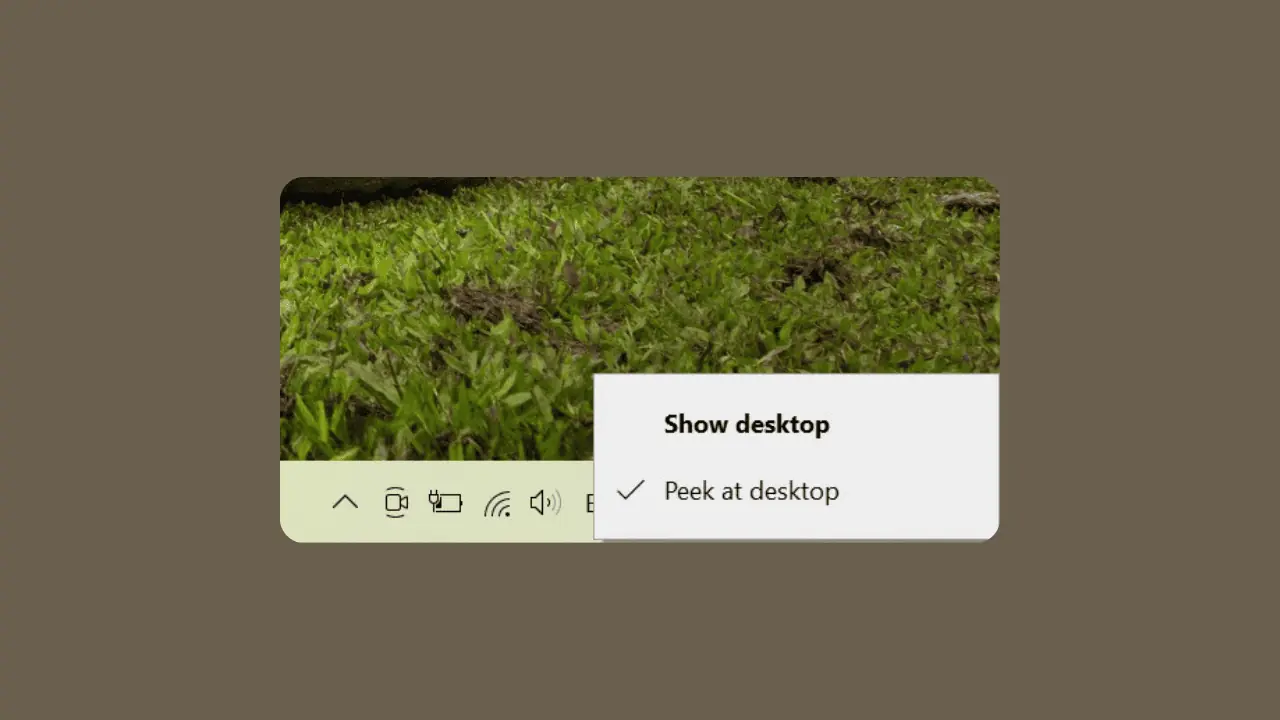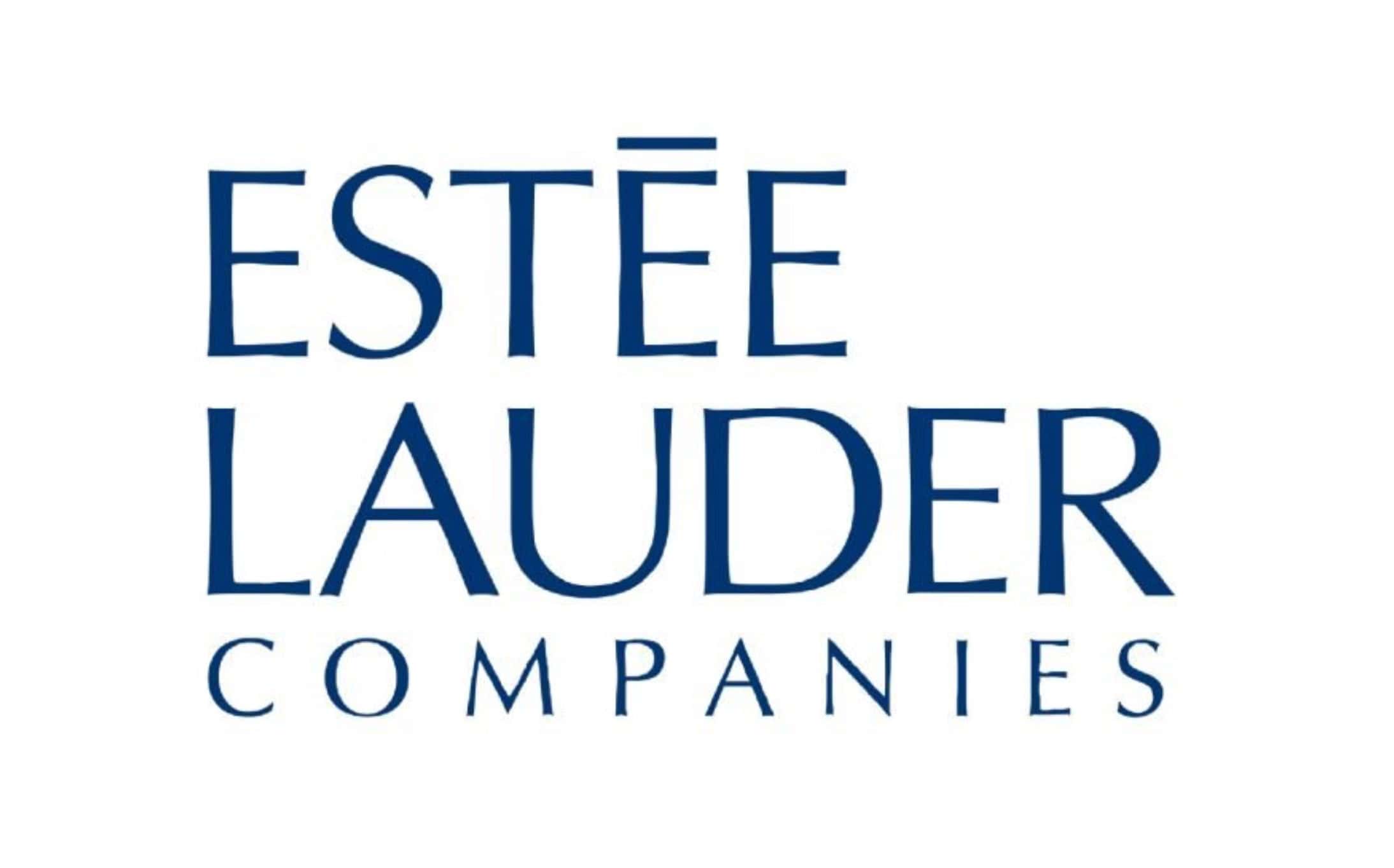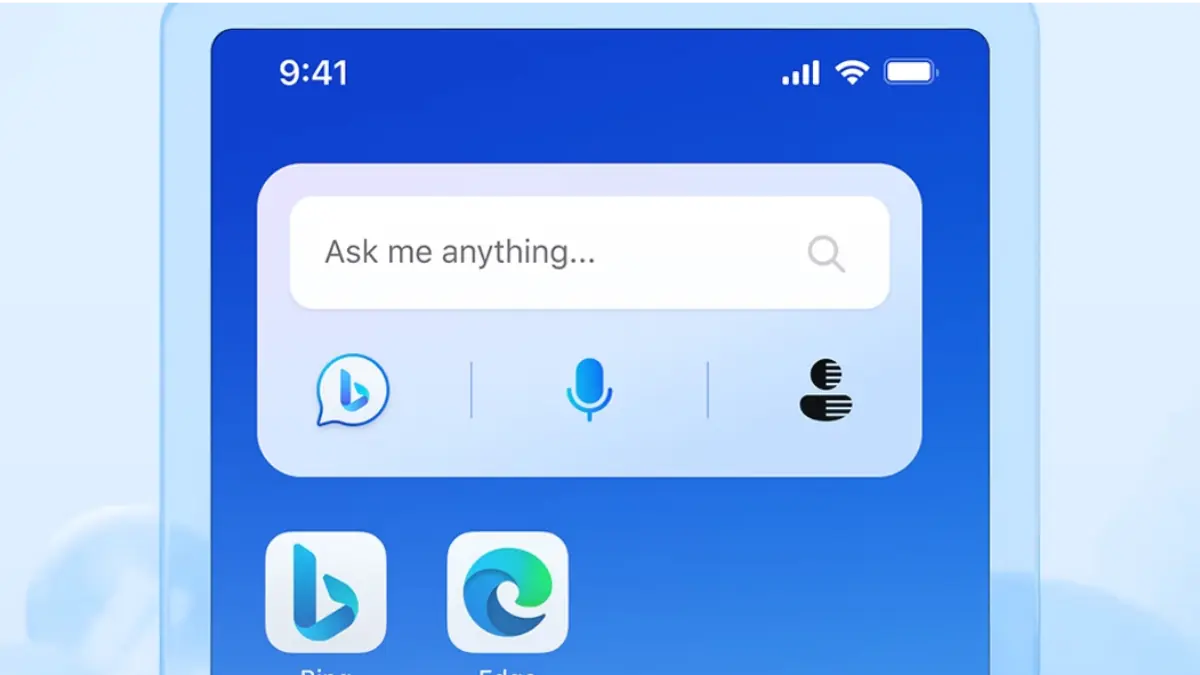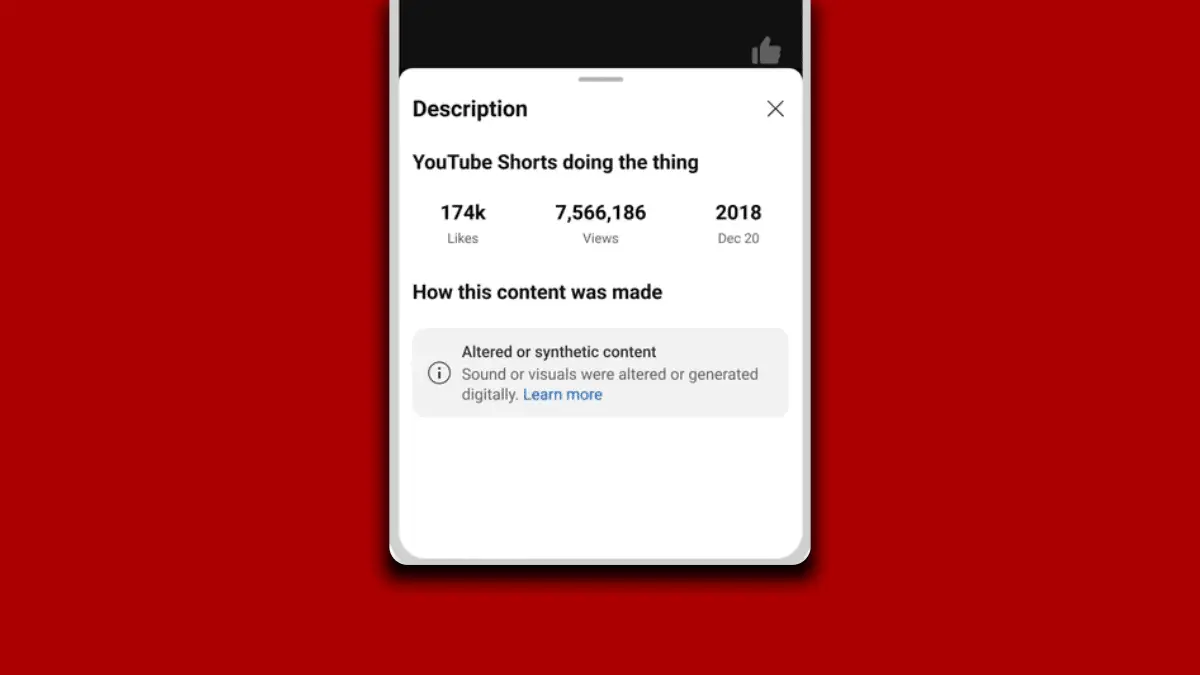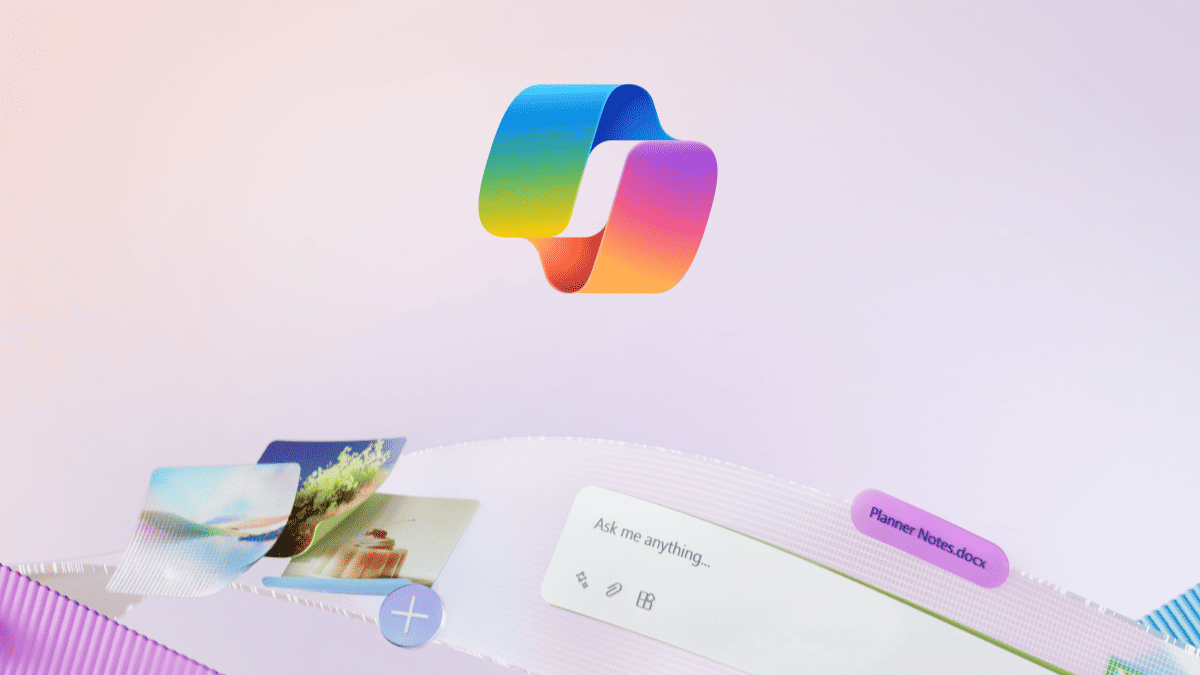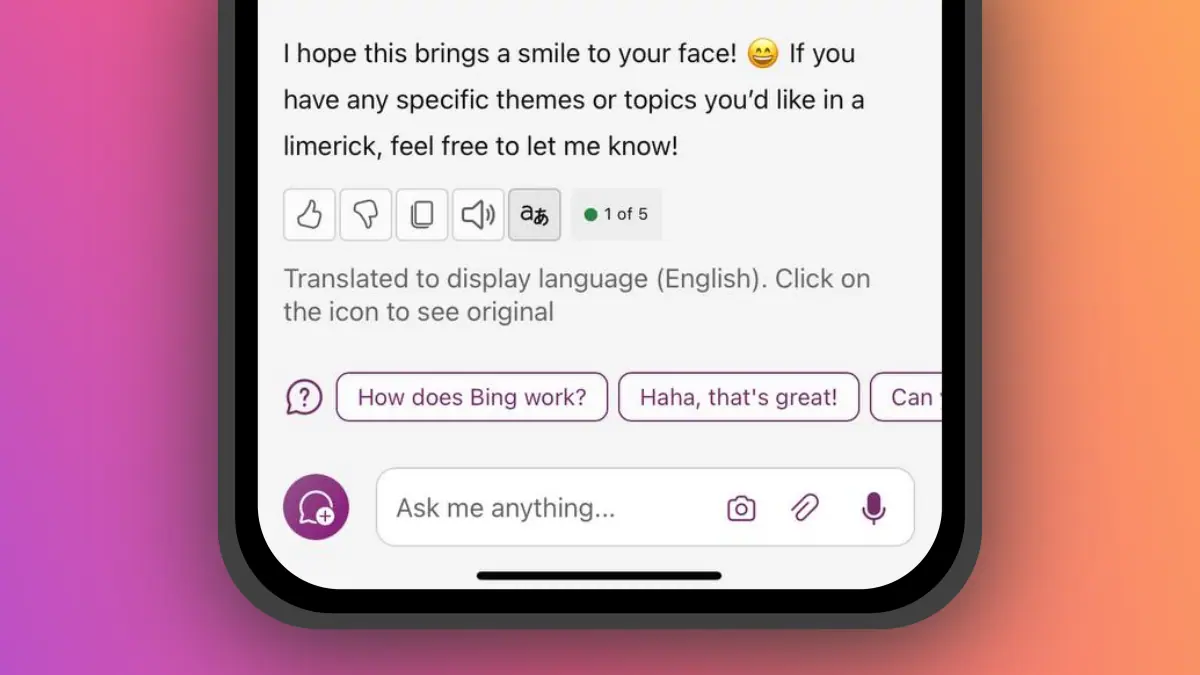Microsoft patents a new smart ring accessory for Hololens
2 min. read
Published on
Read our disclosure page to find out how can you help MSPoweruser sustain the editorial team Read more
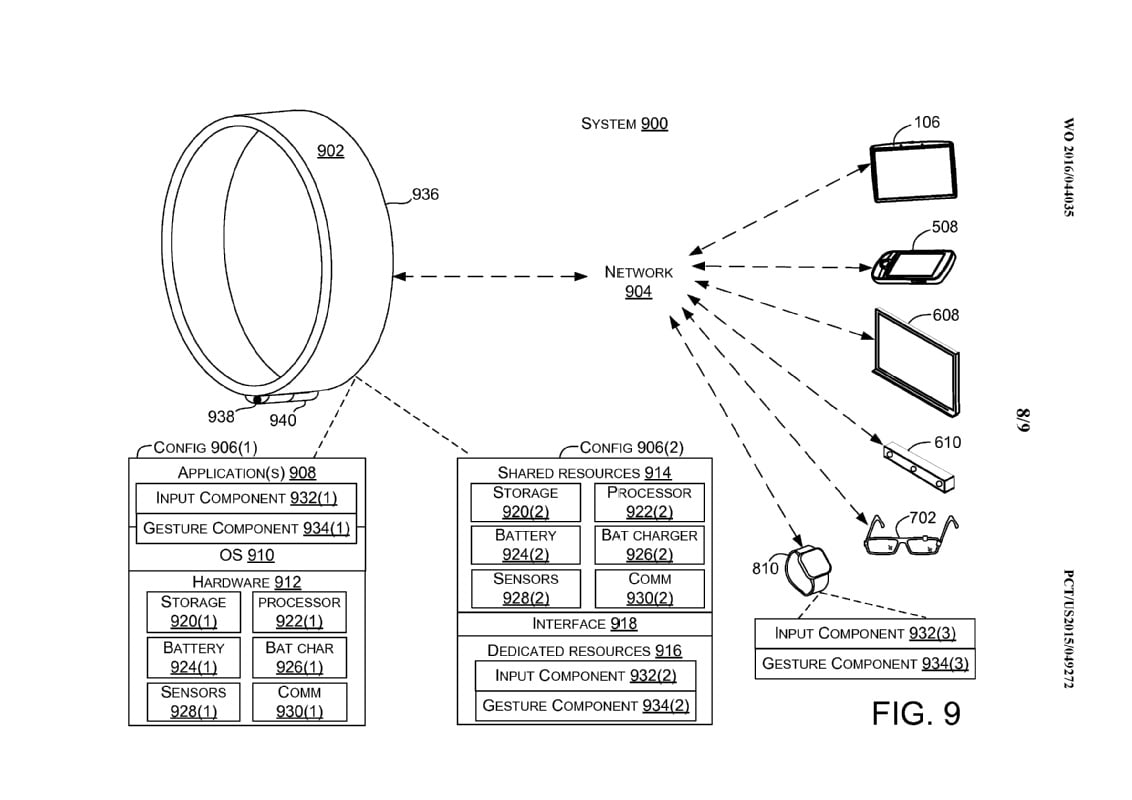
Microsoft has patented a new smart ring designed to aid natural user interface (NUI) control for use with both conventional and new computing experiences such as tablets or Hololens-type devices.
The ring would include both conventional sensors such as gyroscopes, and also a new infra-red sensor underneath the ring which would sense the position of the rest of your finger, allowing the ring to detect fine finger movements.
While a device such as the Microsoft Kinect or even the Hololens can be useful in detecting the presence of user in front of the digital display device and detecting large-scale gestures (e.g., arm movements) performed by the user in front of the digital display device the depth sensor may not be able to accurately detect user control inputs close to the digital display device or distinguish fine-grained, subtle fingertip motions (e.g., stroke input). The smart ring can sense subtle fingertip motions, such as stroke input in a downward direction as indicated by arrow. Data from the depth sensor and the smart ring can detect large-scale user gestures in front of the digital display device as well as smaller-scale, subtle fingertip motions at the digital display device. Thus, the smart ring and the depth sensor can collectively provide information that can allow the digital display device to function in a manner similar to a touch sensitive display device without actually being ‘touch sensitive.’
Microsoft notes wearable devices such as glasses, wrist bands, and watches tend to have limited input options. For instance, small wearable smart devices may have a small interface with a lack of touch real estate, or the positioning of the device itself may make interaction difficult. The above concepts can offer user control options for many different types of computing devices and would communicate with the computing device via Bluetooth or WIFI.
Microsoft has earlier patented another smart ring which was pressure sensitive and which would also have helped improve the accuracy of hand data, but did not include new data such as finger position.
Microsoft has shown itself open to creating accessories for its Hololens, recently introducing a Bluetooth-based clicker to make it easier for users to control the Hololens after the Airtap gesture proved difficult for many users.
See more images from the patent application below:
See the patent application here.


